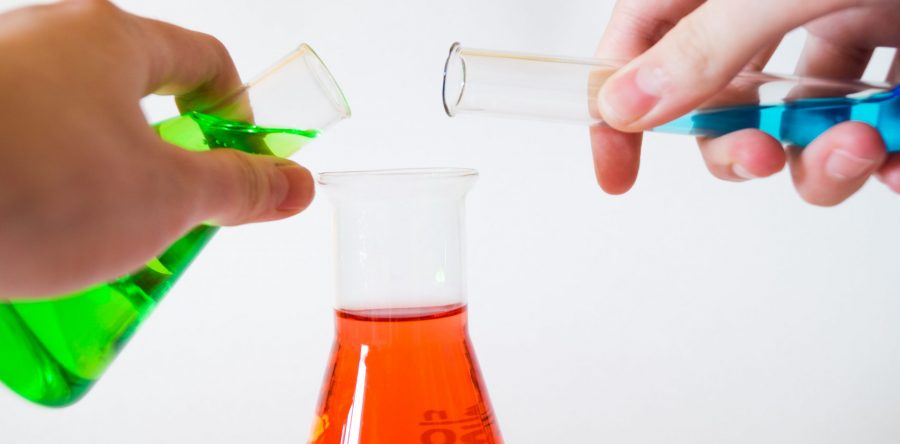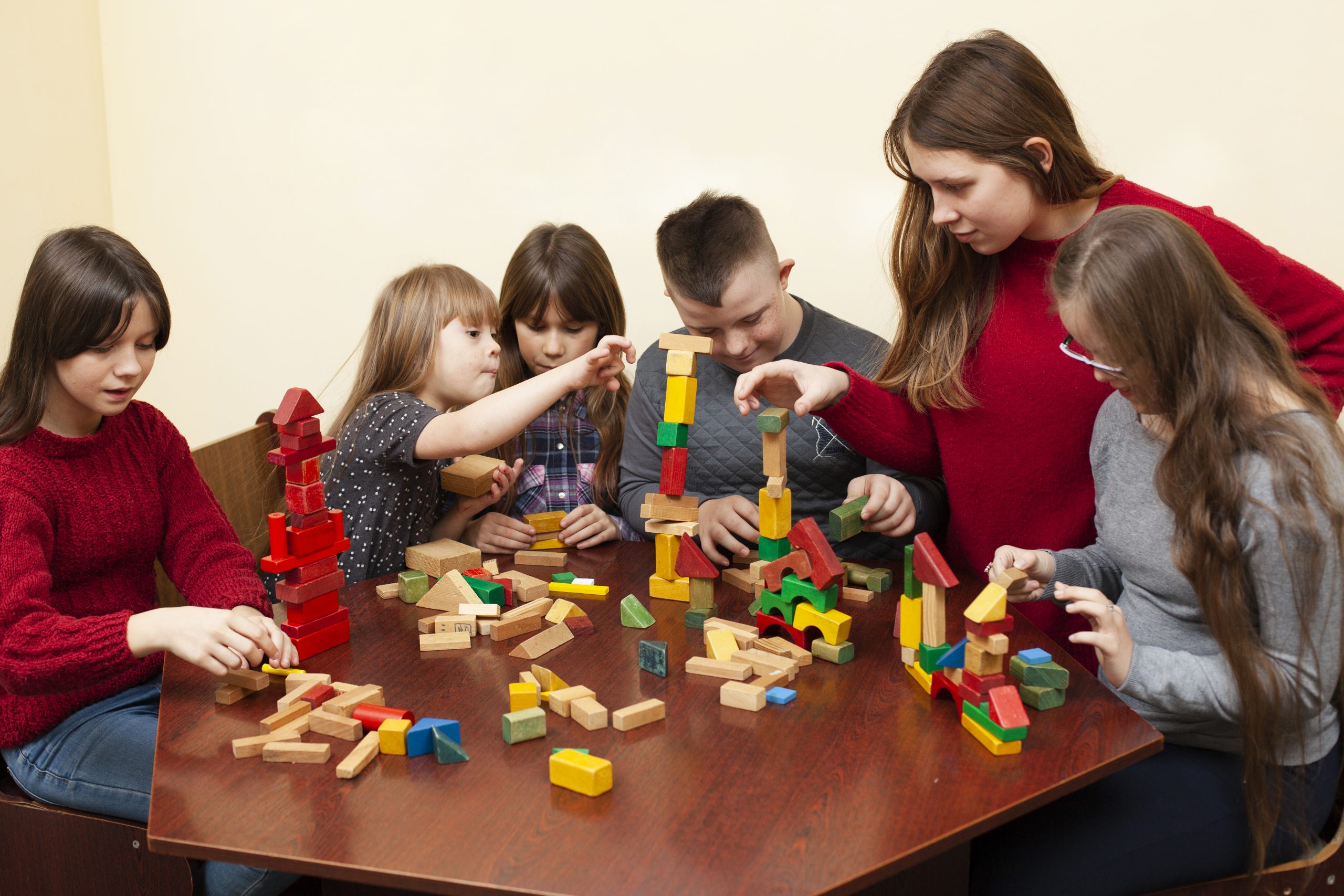
There are a lot of skills required from a teacher/teaching assistant working in the special educational needs sector. The varied skills are necessary to ensure that they can effectively help students meet their learning goals. Special needs students may need additional support in their learning due to physical or emotional disabilities/difficulties, so a teacher/teaching assistant needs to be able to adapt to their students’ different needs.
The special needs science curriculum isn’t dissimilar to that which is taught in a mainstream school; however, the way it is taught in an SEN school does greatly differ.
If you’re a teacher, teaching assistant, or recently starting out your career in an SEN (special educational needs) environment, then you may find the below tips useful. These cover how to help special needs students in the classroom, particularly when they’re learning science.
1. Provide Colourful Displays & Worksheets

A lot of SEN students understand and respond to content that includes visual aspects rather than just plain text. Colourful science displays will help students to reference work they previously covered as well as assist them when learning new topics.
Likewise, a colourful worksheet with pictures can be useful for students when they’re learning about science equipment. Instead of just listening to their teacher/teaching assistant, they’ll be able to match the pictures to the equipment themselves, which will help to build their confidence by encouraging personal learning.
It is worth noting that although SEN students respond well to visual learning, they also can become easily distracted. So, to help students to focus, the classroom should be uncluttered, and any learning tools, such as displays and worksheets, should be simple and clear.
2. Encourage Hands-On Learning
Encourage students to take part in activities, such as conducting easy experiments. Students will find hands-on learning engaging and fun, which will also help them to remember what they’ve learnt. Hands-on learning will, again, help to build students’ confidence.
Just like with the visual approach, encouraging students to get involved in an activity will add a new facet to their learning, helping to provide a more rounded classroom experience as well as catering for different students’ learning styles and needs.
3. Try Peer-To-Peer Learning

Peer-to-peer learning is a teaching method in which students are encouraged to work collaboratively, teaching and learning from each other. Peer-to-peer learning will help to build the student’s confidence, improve their speech and communication skills as well as their listening and attention skills, and their ability to apply themselves to solving problems.
Students may also benefit from working in small groups; however, be aware of students’ different learning difficulties and be prepared to quickly adapt your teaching to suit each student’s needs. Some students’ personalities and capabilities may clash with others, which could hinder learning, so bear this in mind when organising the groups.
4. Plan School Days Out
Monthly trips to science museums, or, simply, moving the classroom outdoors for the day, will help students to develop their ability to adapt to new environments. A change of scenery will also be stimulating for the students, and they’ll be able to discover and learn things that they wouldn’t have in their usual classroom setting.
Before any trip, teachers can ask students to find out an answer to a question, or they can provide fun worksheets for the students to take with them; students can discover the answer, or fill out the worksheet as they walk around the museum. Then, their answers and discoveries can be discussed back in the classroom.
Both of these activities will improve students’ ability to recall information as well as encourage inquisitiveness.
5. Be Consistent, But Flexible
All students, but particularly those with physical or emotional disabilities/difficulties, need consistency. A class should be well structured, with a clear beginning and end. At the start of a class, teachers should explain what the lesson will involve and what’s expected of the students.
Any tasks given should be broken up into small units. This will help the students to stay focused as they won’t be overwhelmed by a large chunk of work. Additionally, breaking up the tasks can be used as a way to motivate students; after completing each unit, they should feel encouraged by their clear progress.
Consistency is key to providing a nurturing environment in which students can feel comfortable; however, teachers/teaching assistants must be willing to adapt their lessons when necessary. Students’ moods can alter the energy in a classroom, which can have an impact on their learning environment and, ultimately, the lesson plan. For example, if the students are agitated or frustrated, then this could cause upset within the class since many SEN students do not know how to express their emotions. The teacher/teaching assistant will need to find a solution and perhaps abandon their lesson plan, in order to regain the students’ focus. This is why flexibility, as well as consistency, is vital.
The above tips should help to assist you in teaching science to SEN students, and while these were summarised with science in mind, the teaching methods and skills mentioned should be useful in any SEN classroom.
If you have experience working with SEN students, or you are interested in embarking on a career in an SEN environment, then take a look at the SEN jobs that we have currently available.










